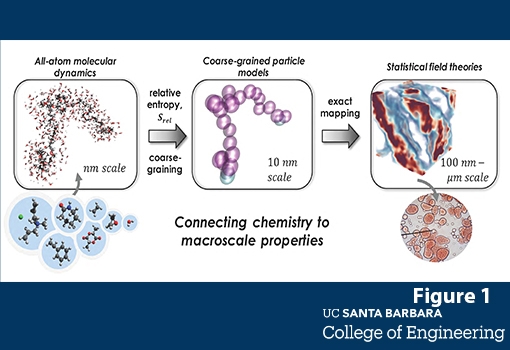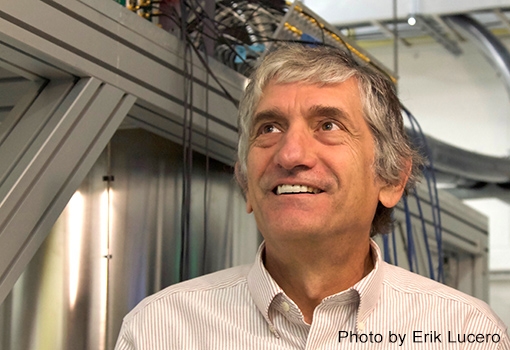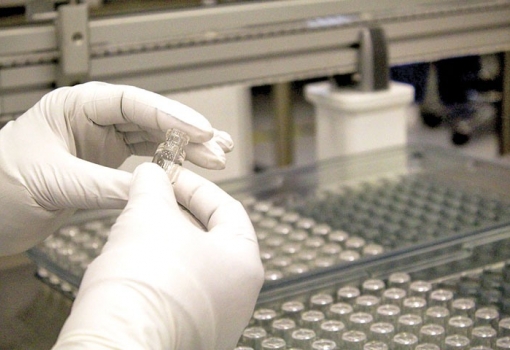A UC Santa Barbara materials team explores new domains of the compositionally complex metals.
College of Engineering News

Blurring the lines between majority and minority populations of atomic species in a multiprincipal element alloy (right) leads to a rugged atomic landscape, opening up new pathways for defects to navigate.
Oct 03, 2020

UCSB assistant professor Matt Beane.
Sep 16, 2020
In a conversation with CNBC, Matt Beane suggests that the pandemic has changed how companies are investing in automation.

Schematic of the hierarchy of simulation approaches that are combined to predict mesoscale structure and properties of complex polymeric solution formulations.
Sep 03, 2020
State-of-the-art computer cluster installed to turbocharge computational research at UCSB.

When paper is wadded up and released, it relaxes slowly, not instantaneously. The disordered protein observed in this study exhibits a similar slow unfolding.
Aug 27, 2020
Researchers in Omar Saleh's lab uncover unusual glassy behavior in a disordered protein.

Aug 13, 2020
Haptics researchers find that the biomechanics of the skin can perform useful tactile computations.

UCSB physicist John Martinis.
Aug 07, 2020
No longer with Google, the UCSB physicist considers his next steps after his work on Sycamore.

Artist's concept illustration depicts the transformation resulting from using bio-based micro-organisms as the building blocks for better polymers. Illustration by Lillian McKinney
Jul 29, 2020
NSF awards UCSB, UCLA $23.7 million for collaboration to transform natural building blocks into new high-performance materials.

The new model is driven by the attention mechanism, which learns to forecasts by determining what time period in the past to look at and what data is important and relevant.
Jul 22, 2020
Computer scientists have created an algorithm that incorporates AI to provide accurate COVID-19 forecasts at a more localized level.

Jul 20, 2020
Exposure to enzymes causes a peculiar response in liquid droplets formed by DNA. A new study explains the mechanisms behind it.

Jun 17, 2020
UCSB materials scientists work on the semiconductors that could transform how we disinfect surfaces, spaces, PPE — even the air we breathe.

A vial is inspected at SiO2’s laboratory located in Auburn, Alabama. The work is part of efforts to ensure the safe and efficient distribution of a future COVID-19 vaccine. Photo courtesy of SiO2
Jun 11, 2020
Chemical engineering professor Glenn Fredrickson helped to develop a new coating to ensure safe distribution of a future COVID-19 vaccine.

Jun 03, 2020
New design allows photons to be emitted from an LED's semiconductor lattice in greater number and with more precision.
- ‹ previous
- 13 of 23
- next ›

